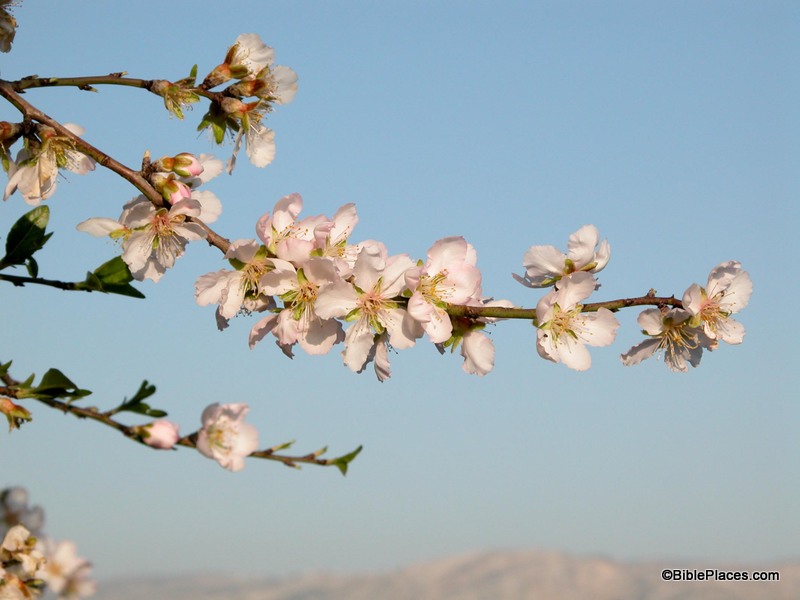(Post by Seth M. Rodriquez)
I still remember the first time I studied the descriptions of the Tabernacle in detail. I was a college student at the time and was taking an Old Testament Survey course. I combed through the descriptions of the Tabernacle in Exodus 25-30 and did the best I could (with the limited knowledge that I had) to picture what the various items looked like and how they fit together.
A case in point is the description of the lampstand in the tabernacle, or as it is commonly called: the menorah. The Bible describes the lampstand in the follow way:
You shall make a lampstand of pure gold. The lampstand shall be made of hammered work: its base, its stem, its cups, its calyxes, and its flowers shall be of one piece with it. And there shall be six branches going out of its sides, three branches of the lampstand out of one side of it and three branches of the lampstand out of the other side of it; three cups made like almond blossoms, each with calyx and flower, on one branch, and three cups made like almond blossoms, each with calyx and flower, on the other branch—so for the six branches going out of the lampstand. And on the lampstand itself there shall be four cups made like almond blossoms, with their calyxes and flowers, and a calyx of one piece with it under each pair of the six branches going out from the lampstand. Their calyxes and their branches shall be of one piece with it, the whole of it a single piece of hammered work of pure gold. You shall make seven lamps for it. And the lamps shall be set up so as to give light on the space in front of it. Its tongs and their trays shall be of pure gold. It shall be made, with all these utensils, out of a talent of pure gold. And see that you make them after the pattern for them, which is being shown you on the mountain. (Exod. 25:31-40, ESV)
Now some of the Hebrew terms in this passage are difficult to accurately interpret (for example, the word translated “calyx” in the ESV is translated as “bulb” in the NASB), but it is clear that the menorah in the Tabernacle incorporated elements of almond blossoms. So to get an idea of what the menorah looked like, you need to know something about the shape of almond blossoms. Unfortunately, as a college student from the suburbs of Southern California, I had no clue what an almond blossom looked like.
So to remedy that situation (for myself and for the sake of others like me) our picture of the week comes from Volume 16 of the Pictorial Library of Bible Lands. This is an entirely new volume that was added when the collection was revised and expanded last year and it focuses on “Trees, Plants, and Flowers of the Holy Land.” (For another sample from this collection, see my post here.) The photograph below shows a branch of almond blossoms on a tree near Aijalon in Israel. You can click on the photo to enlarge it.
Almond blossoms are white or pink in color and appear on the tree in early spring, before any of the leaves are produced. The petals of the blossom form a cup and, as you can see, several flowers grow next to each other on a single branch. In the upper left section of the photograph you can see some new buds forming with the calyx covering. (A “calyx” is the leafy covering around a bud or flower.)
Given an image like this, it is not difficult to imagine what the branches of the Tabernacle’s lampstand may have looked like. Each of the six outer branches of the menorah incorporated three almond blossoms and the center branch somehow incorporated four blossoms. Although we may not be able to reconstruct the exact details of the lampstand with certainty, a picture like this goes a long way in enlightening our reading of the text.
This photograph and over 1,500 others are available in Volume 16 of the Pictorial Library of Bible Lands, and is available here for $34 (with free shipping). Additional photographs from that collection can be seen here, here, and here on the BiblePlaces website. For one reconstruction of the Tabernacle’s lampstand, see images of the Tabernacle replica here and here.
